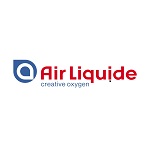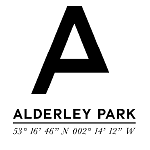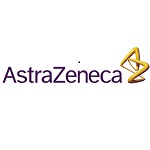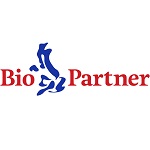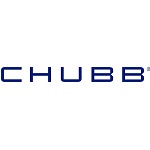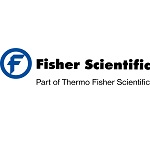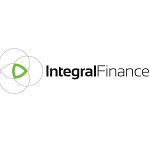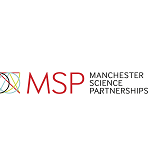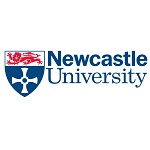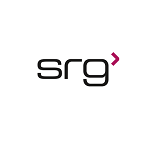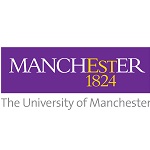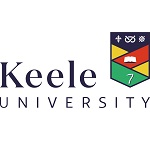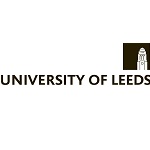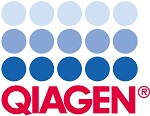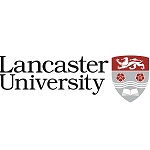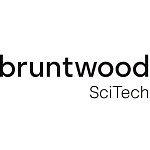Antibody-Drug Conjugates: Where next?
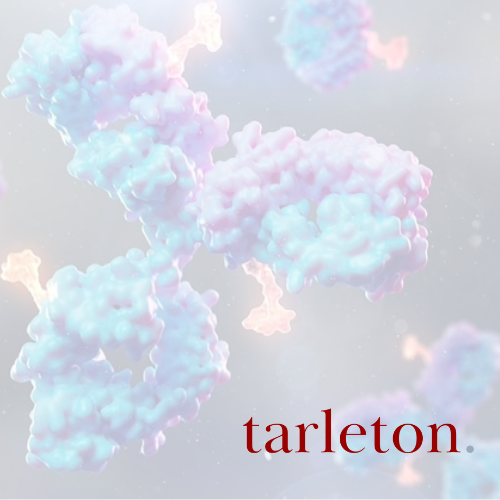
Antibody-drug conjugates (ADCs) are a rapidly emerging class of targeted therapy that epitomise the potential of recent advances in applied chemical biology. Despite their mechanistic complexities, the overarching concept of an ADC is simple. They link the selectivity benefits of a monoclonal antibody (mAb) with the potency of a cytotoxic agent to target diseased cells with minimal damage to neighbouring healthy cells.
Although challenges remain in the development of these drugs, ADCs have proven to be one of the leading classes of therapeutics in modern day cancer medicine. As of the start of 2025, the FDA has cleared more than 15 ADCs targeting a range of malignancies, from solid tumours to various kinds of blood cancer.
So, what does the future hold for ADCs and what challenges do scientists face in the development of these promising therapies?
To answer these questions, it is worthwhile reviewing the history of ADCs and the progress that has been made in their advancement over the last three decades. As with most types of drugs, ADCs have faced their trials and tribulations along the way, however for a therapy that can still be considered in its sophomore years, much promise remains.
The 1990s saw the development of first-generation ADCs, with the first FDA approval of this drug class being handed to gemtuzumab ozogamicin, commercially known as Mylotarg, in the early 2000s. Despite being a promising treatment for acute myeloid leukaemia, Mylotarg ultimately faced stability issues in the linker domain that pairs the mAb with the cytotoxic payload; a common issue during the infancy years of ADC development. The drug was consequently withdrawn from the market for reoptimisation due to adverse effects.
A surge in chemical biology progression in the 2010s, however, saw the dawn of second-generation ADCs with improved aspects in all almost every part of their design, particularly the thorny linker region. Drugs such as brentuximab vedotin (directed against CD30 for the treatment of Hodgkin lymphoma) and ado-trastuzumab emtansine (for the treatment of HER2-positive breast cancer) pioneered these efforts in the early years of the decade. Fast-forward to the 2020s, numerous more ADCs have gained FDA approval (including the reapproval of an improved Mylotarg) and hundreds of ADC candidates have entered various stages of clinical research, with many proclaiming enhanced potency and safety.
So where does that leave the field of ADC discovery today and what do the commercialisation prospects of this ‘smart’ chemotherapeutic look like as we steam towards the next decade? It goes without saying that obstacles lie between today’s ADC candidates and Paul Elhrich’s vision of a ‘magic bullet’ drug. That said, the emergence of dual-drug and multispecific ADC candidates has shown promise at addressing issues like cancer heterogeneity and drug resistance.
Moreover, methods of payload delivery are beginning to diversify, such that traditional cytotoxic agents may be exchanged with more selective drug types that cause fewer off-target effects. This includes, but is not limited to, engineered toxin bodies, apoptosis-inducing molecules and immune-stimulating fragments.
It is these such innovations in ADC development that has attracted an increase in investor interest, with an expanding pool of companies (estimated >160 in total) directing their efforts towards developing the next generation of ADCs targeting various forms of cancer, each with their own unique mechanistic approach.
With global sales projected to surpass $30bn by 2028, ADCs present a compelling investment opportunity, largely shielded from competition due to the longer exclusivity periods granted to biologics compared to small molecules. The technology is regarded as less risky and highly adaptable, enabling its application across a broad range of disorders in cancer. It is important for early stage companies to explain this benefit to investors, which provides a meaningful differentiator against other biotech opportunities.
There is hope that ADCs may someday reach beyond oncology too, unlocking new avenues for research advances and commercialisation initiatives in the biopharmaceutical industry.
Nick Massouh is the Biotechnology Sector Lead at Tarleton, a life sciences public relations agency.
